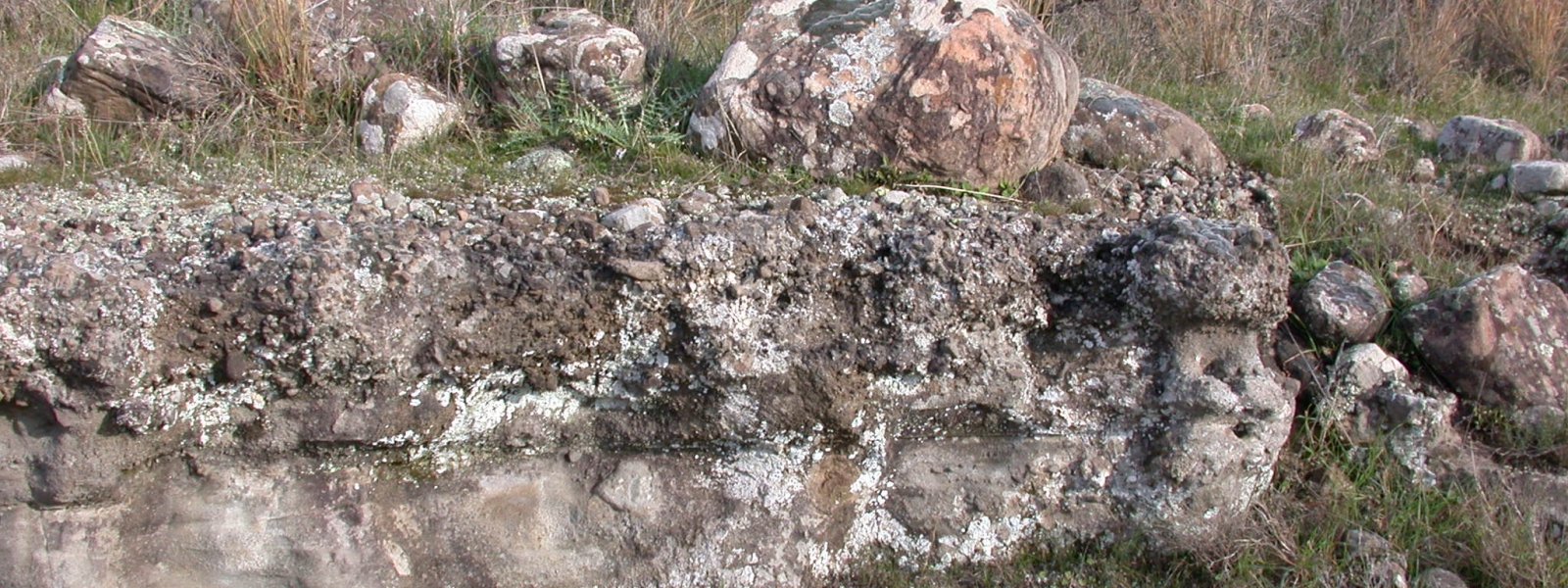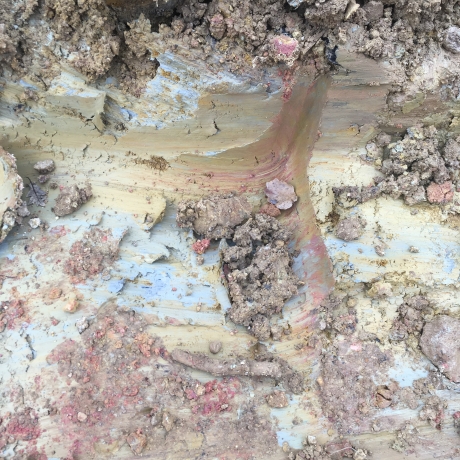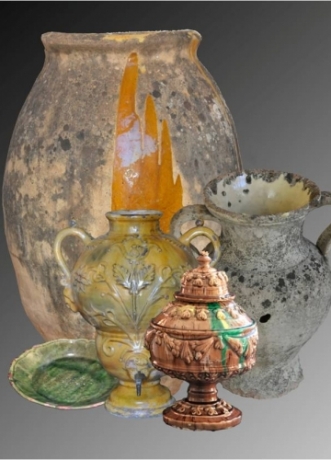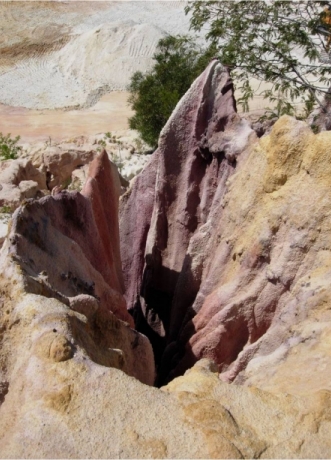
Biot’s geology
"In Biot, there are all the necessary elements for pottery including clay, sand, tuff and manganese. As a geologist, I’m very intrigued by research on the subsoil, an ally of human ingenuity that helped create Biot’s famous vases. "31 May 2018

While my home is in Antibes, I’ve had ties to Biot through family since 1990
Since 2004, momentum has grown in the town with the creation of a Heritage Group, of which I’m a member. We meet regularly, and we created the Gecko Trail through the village. There’s also a brochure for the circuit and guided tours are offered. Today, the brochure is called “Biot’s History and Geology Trail”, but the gecko remains its symbol.
Also, alongside the AREZZO association and two of Biot’s famous natives, Pierre Cartier and Jean-Paul Van Lith, I wrote a book that examines the strong link between natural elements and pottery. This industry forged the reputation of Biot and works can be found all around the world (as far as the Antilles and California). The book aims to tell the extraordinary adventure of this trade, based on the town’s natural heritage.
There’s a remarkable feature in Biot: the Dôme des Aspres. Dormant for around 25 million years, this volcano marked the landscape to the north of the town. It shaped Biot’s history thanks to the minerals it provided, including clay and tuff. No volcano, no pottery!



